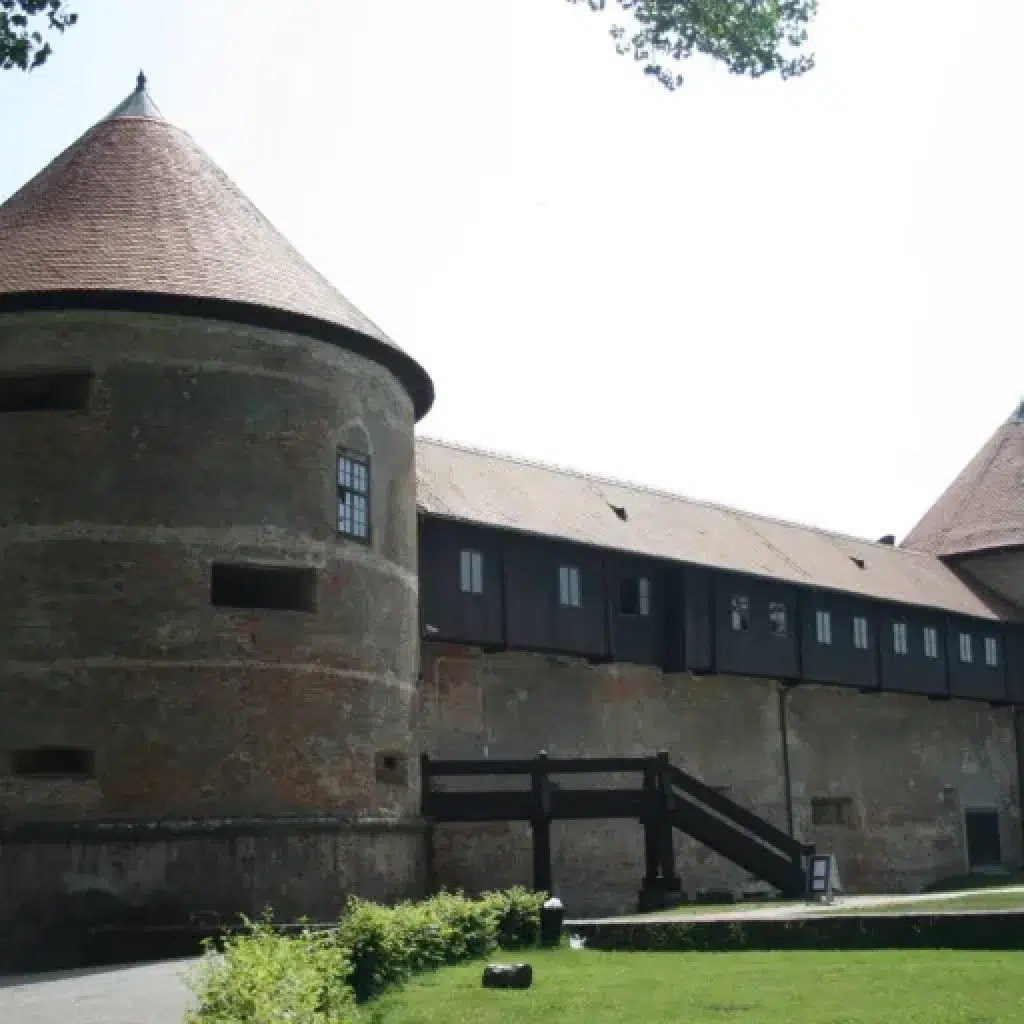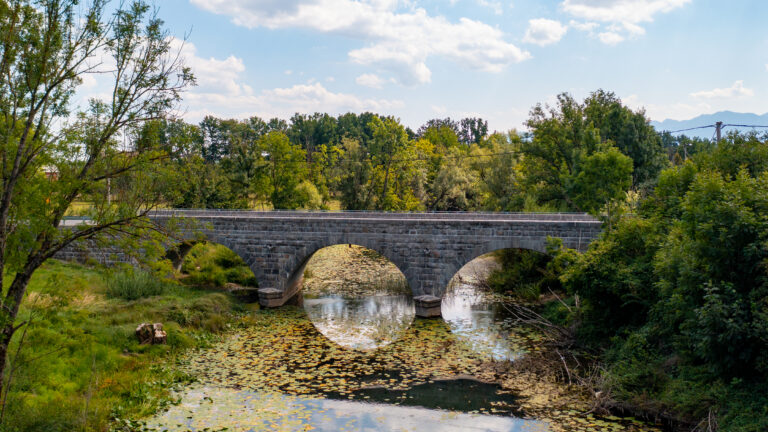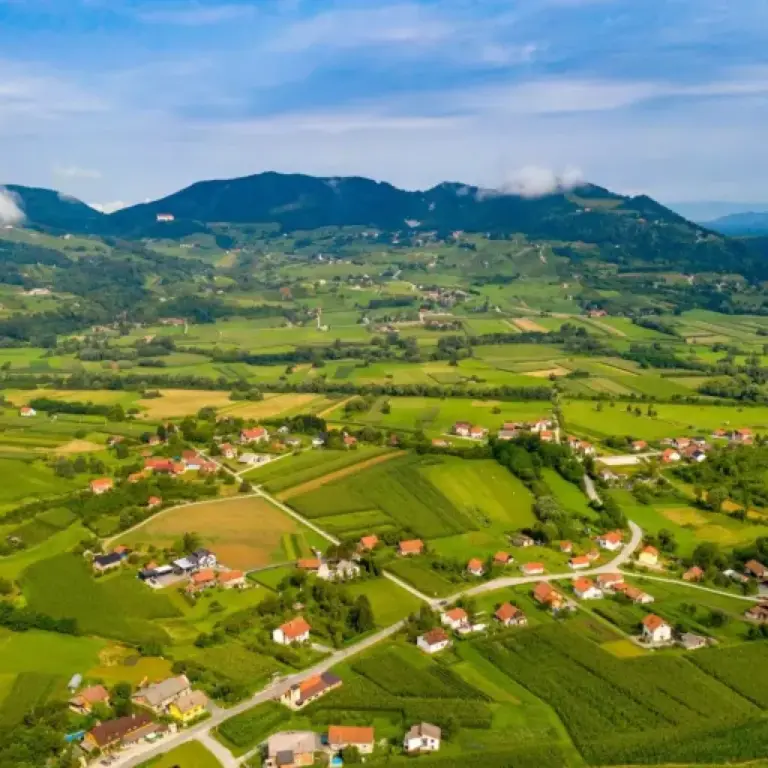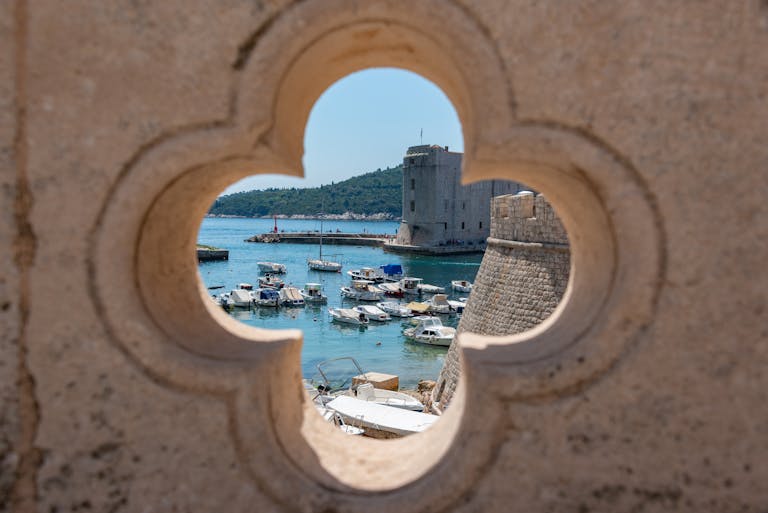Exploring Sisak-Moslavina County: A Journey Through Sisak and Lonjsko Polje
Situated just south of Zagreb in central Croatia, Sisak-Moslavina County is a hidden gem characterized by its lush forests, rolling hills, and…
Situated just south of Zagreb in central Croatia, Sisak-Moslavina County is a hidden gem characterized by its lush forests, rolling hills, and tranquil rivers. This region is steeped in history and natural splendor, boasting one of the oldest Croatian cities—Sisak—as its hub. From the emerald-green banks of the Kupa River to the peaceful floodplains of Lonjsko Polje, Sisak-Moslavina County offers a diverse palette of activities that cater to nature enthusiasts, history buffs, and travelers seeking authentic rural experiences.
In this guide, we’ll delve into Sisak’s historical charms and scenic beauty, then journey downstream to the storied Lonjsko Polje, where wildlife and picturesque wooden villages coexist with centuries-old traditions. Whether you’re interested in birdwatching, cycling, or simply soaking in the therapeutic waters of Topusko, there’s something here for every curious adventurer.
1. Sisak: Gateway to Nature and History
Sisak, the central city of this county, is among the oldest urban settlements in Croatia, with roots dating back to Roman times. Formerly known as Siscia, the city has witnessed the rise and fall of empires, forging a rich tapestry of cultural heritage. Today, Sisak seamlessly merges the ancient and modern, providing an ideal starting point for discovering the wider county.
1.1 Riverside Tranquility
In the heart of Sisak flows the Kupa River, its emerald-green waters reflecting the sky and the sunlit treetops along its banks. In the summer months, locals and visitors alike take to the river by kayak, canoe, or small boat, gliding past reed-lined shores. Fishing is another beloved pastime, as the Kupa teems with freshwater species—a haven for anglers who relish the quiet lapping of waves against their vessels.
If you prefer land-based exploration, the sun-drenched forests near the river’s edge offer opportunities for tranquil strolls or invigorating hikes. Bicycle paths crisscross the city and its outskirts, inviting cycling enthusiasts to pedal under the canopy of linden, wild chestnut, and maple trees. Sisak’s network of green parks and promenades weave around the river, creating a peaceful urban oasis.
1.2 Historical Charm: The Old Town and Sisak Fortress
A trip to Sisak would be incomplete without exploring its Old Town. The Sisak Fortress (sometimes called Stari Grad Sisak) is a key landmark—a place that bears witness to pivotal moments in Croatian history, including a significant victory against the Ottoman Empire in the late 16th century. The fortress, positioned at the confluence of the Kupa, Sava, and Odra rivers, offers guided tours that reveal Sisak’s role in shaping the region’s past. You’ll find museum exhibits, historical artifacts, and the chance to walk through centuries-old corridors that echo with tales of knights and battles.
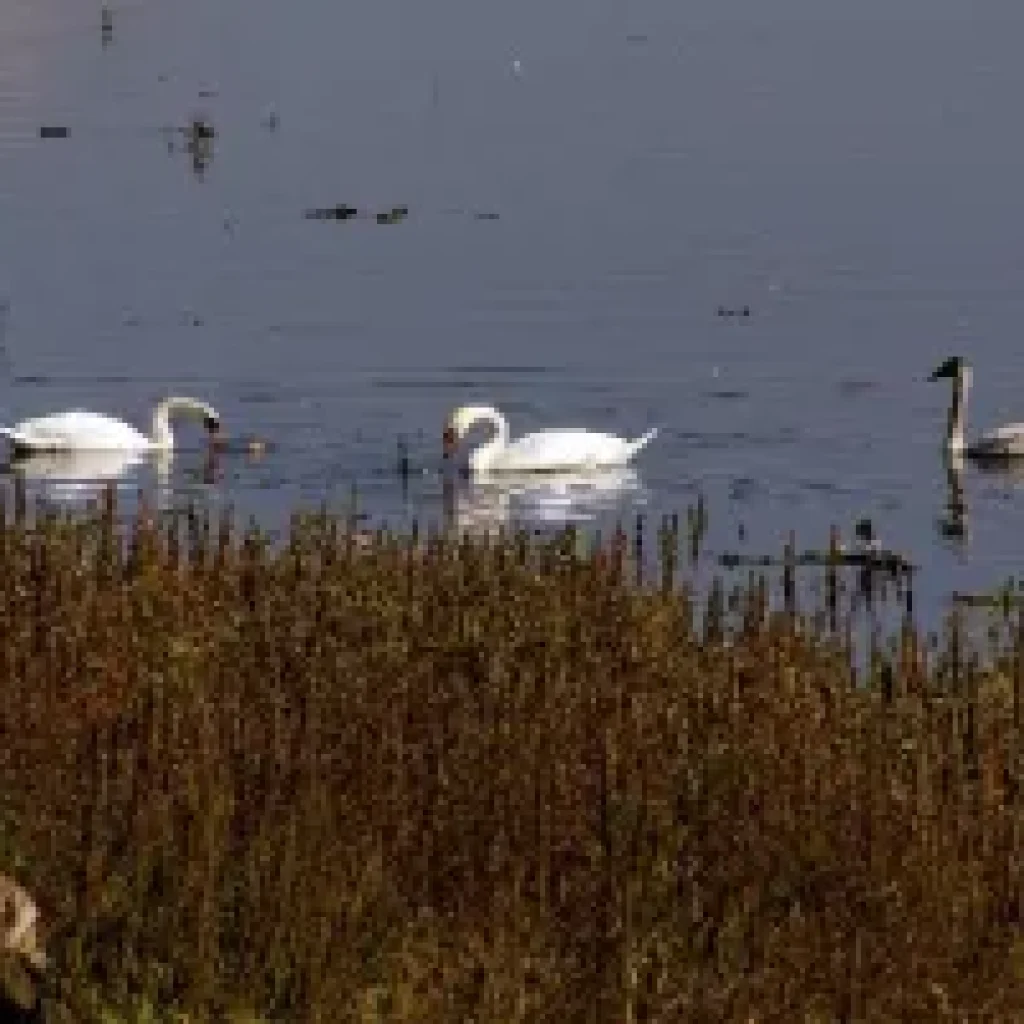
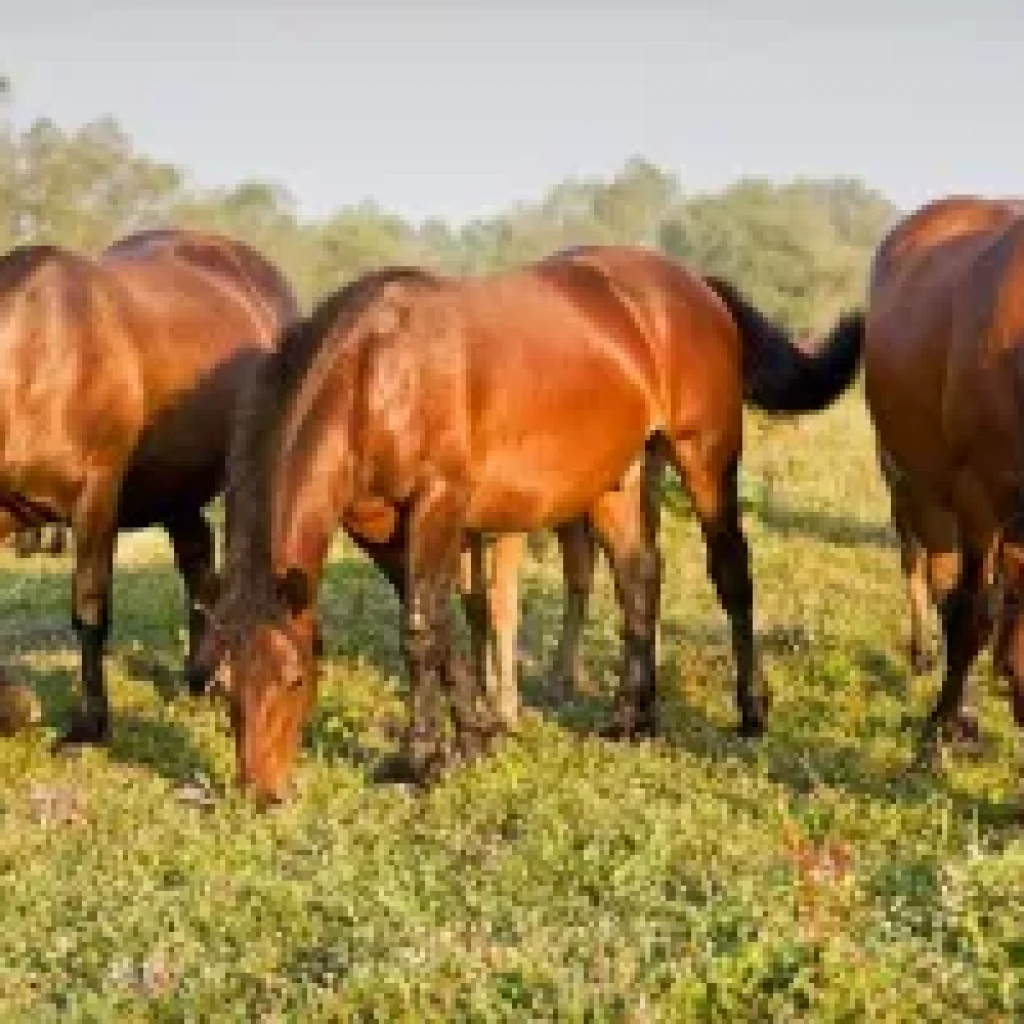
2. Downstream to Lonjsko Polje: Europe’s Best-Preserved Floodplain
Lonjsko Polje stretches eastward from Sisak along the left bank of the Sava River, unveiling a vast floodplain teeming with life. Recognized as one of Europe’s largest and best-preserved natural floodplains, this protected area comes alive with the changing seasons, showcasing nature’s dynamic interplay between land and water.
2.1 Rich Biodiversity and Birdlife
A highlight for many visitors is Lonjsko Polje’s remarkable bird population. Over 250 species call this floodplain home at various times of the year. Yet the most iconic inhabitants are undoubtedly the white storks, which nest by the dozens (and sometimes even hundreds) on the wooden rooftops of local village houses. Their immense nests—tangled accumulations of sticks and twigs—testify to the storks’ longtime coexistence with the region’s residents.
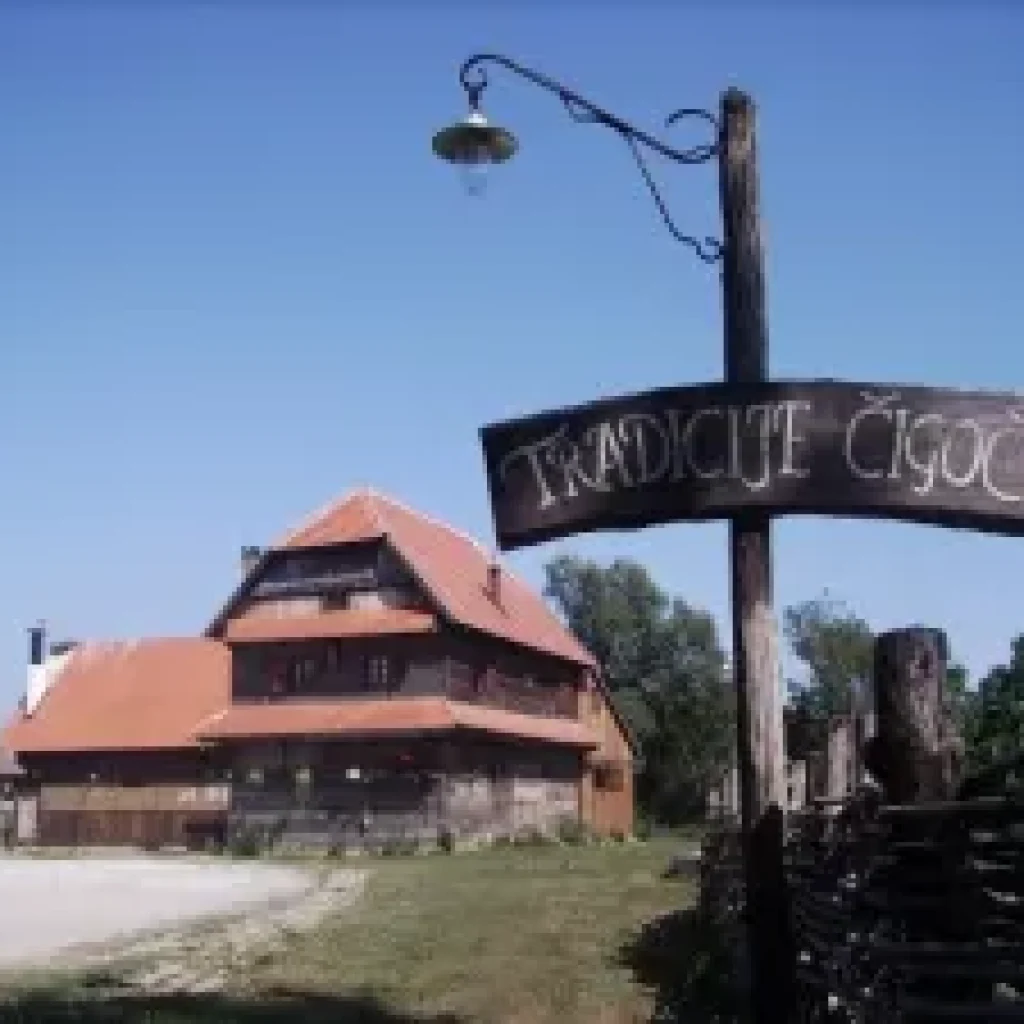

Čigoć: Europe’s First Stork Village
Among the villages in Lonjsko Polje, Čigoć stands out as the premier stork sanctuary. In 1994, Čigoć was officially named Europe’s first “Stork Village” due to the extraordinary ratio of birds to people. In fact, the stork population here often exceeds the human one, making it an essential stop for birdwatchers and curious travelers alike. You’ll likely see storks perched gracefully atop homes or wading in marshy fields, ever watchful for their next meal.
To learn more about the local ecology and cultural heritage, visit the information and educational center in Čigoć. Housed in a beautifully restored wooden building, the center often hosts workshops, tours, and interactive exhibits that delve into the region’s floodplain ecosystems, bird migrations, and sustainable rural lifestyles. Nearby, a small traditional carpentry workshop provides a window into the craftsmanship that keeps these wooden homes and barns intact across generations.
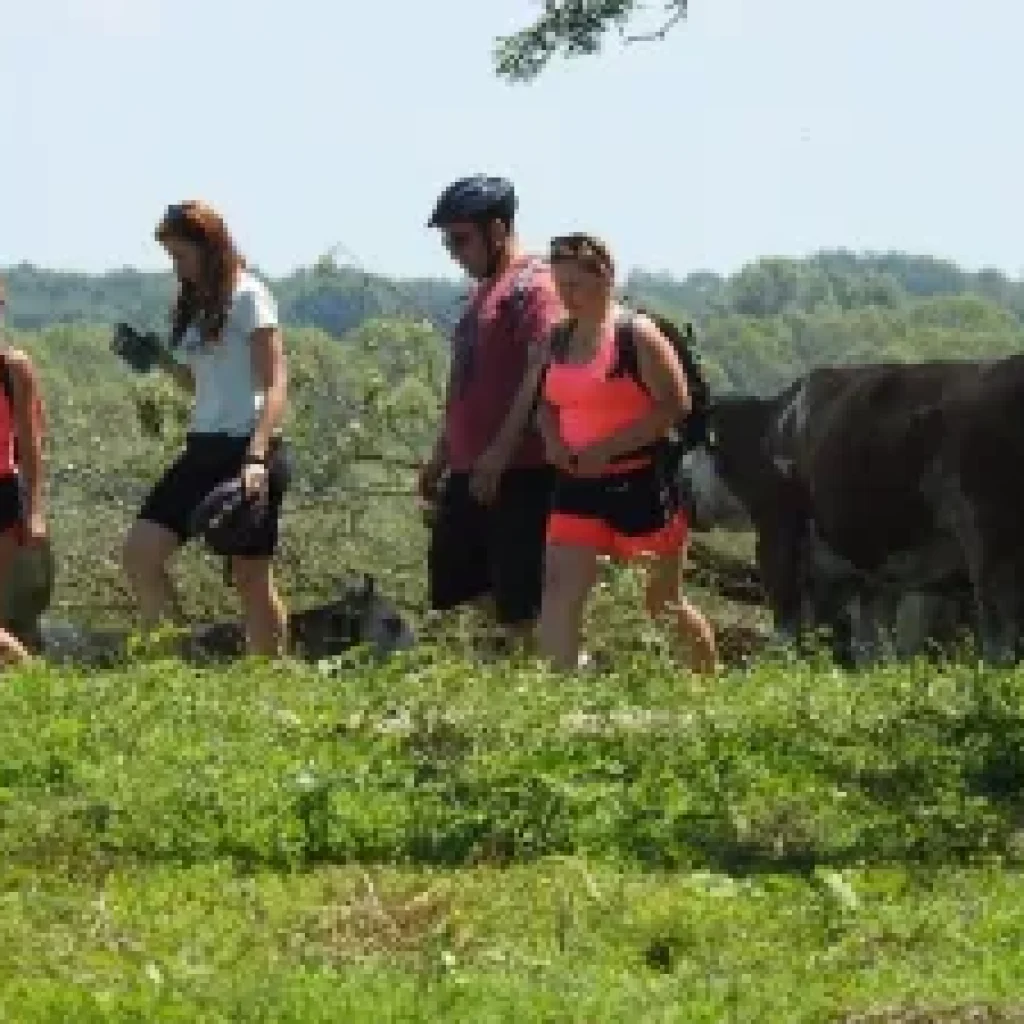
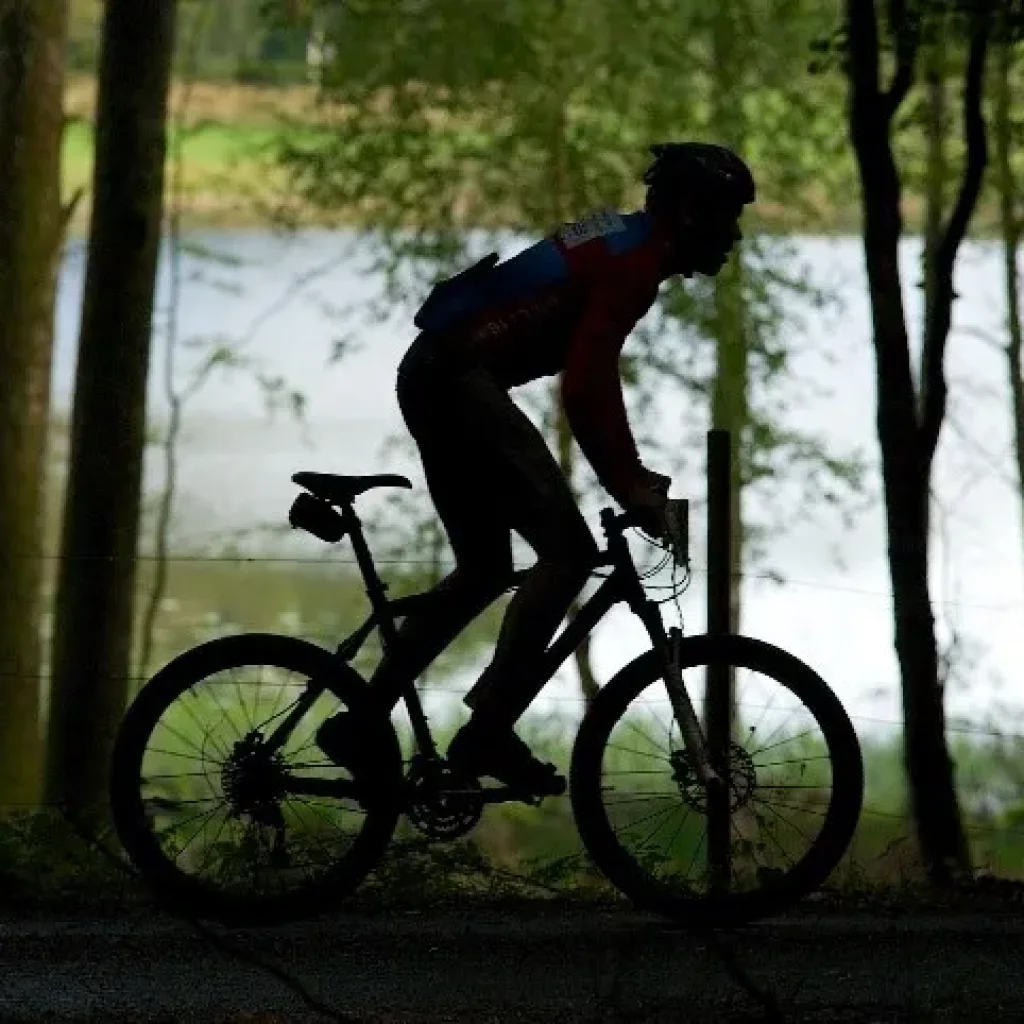
3. Exploring Lonjsko Polje by Foot and Bike
The best way to experience Lonjsko Polje’s wide-open spaces, meandering rivers, and enchanting villages is by walking or cycling. Whether you are a seasoned hiker or a casual traveler looking for fresh air and scenic vistas, there’s a trail for you.
3.1 Cycling Through the Floodplain
Thanks to the area’s relatively flat terrain, cycling is accessible to riders of various skill levels. Trails cut through forests, over macadam roads, and across gentle meadows. Because Lonjsko Polje touches four rivers—Sava, Trebež, Pakra, and Ilova—you’ll find numerous places to pause, snap photographs, and observe local wildlife. Birdsong, breezes rustling through tall grasses, and the occasional splash of a fish breaking the water’s surface create a serene soundtrack for your journey.
For detailed route suggestions, stop by the visitor centers or local tourist offices. Maps highlight graded routes (ranging from easy to moderate difficulty), scenic lookout points, and areas where you might encounter stork nesting sites. The pace is entirely up to you. Some travelers enjoy leisurely rides, breaking for a picnic under the shade of centuries-old oak trees, while others prefer longer, more vigorous routes that traverse multiple villages in a day.
3.2 Hiking Trails for Every Pace
If you prefer exploring on foot, the Visitor Center in Čigoć is your best resource. Staff members can recommend hiking trails suited to your interests—be it a half-hour stroll through a wetland habitat or a longer trek that takes you deep into secluded corners of the floodplain. Along these trails, you may spot herons, egrets, and even the occasional otter if you tread quietly enough.
Don’t forget to bring binoculars for closer views of birdlife, especially during the nesting season when storks perform their elaborate mating rituals. Comfortable hiking shoes, insect repellent, and a water bottle are recommended essentials, particularly in warmer months.
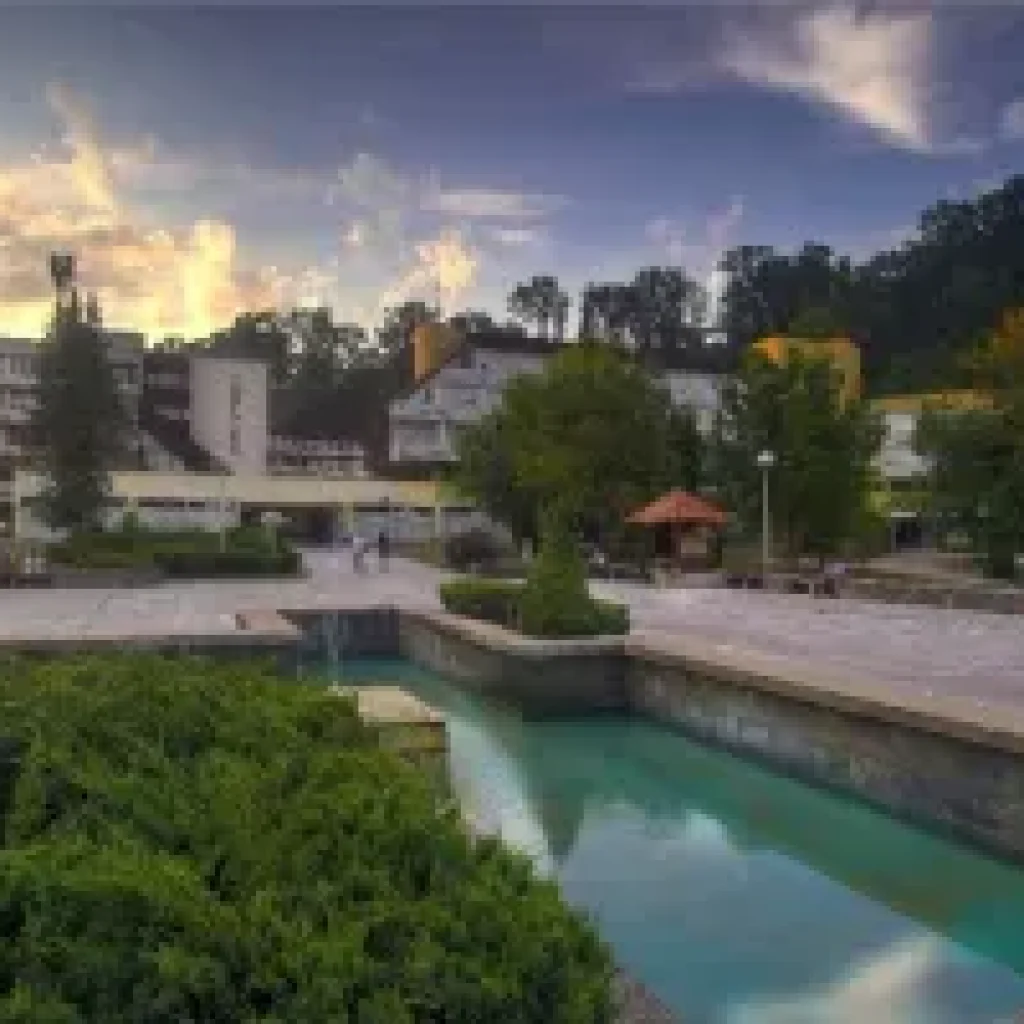
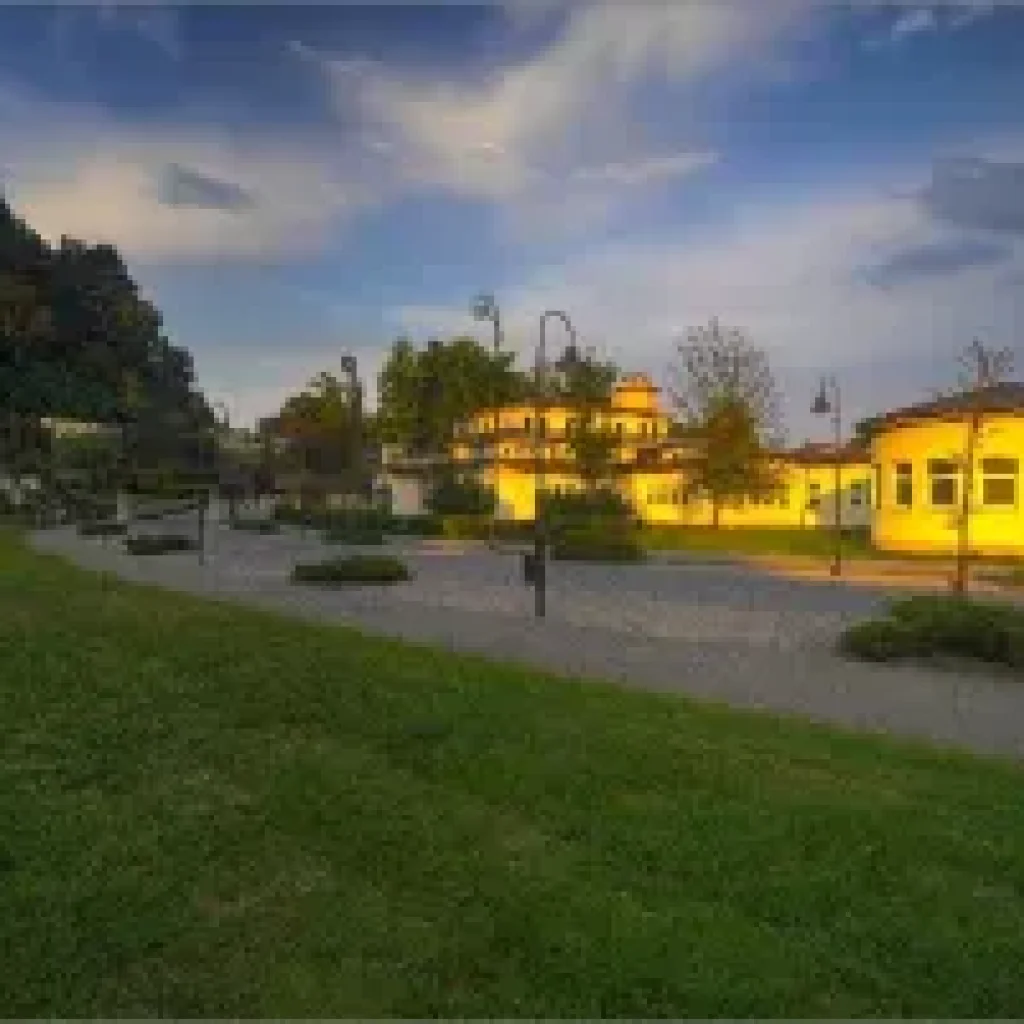
4. The Therapeutic Waters and Parklands of Topusko
Just when you think you’ve experienced the full range of Sisak-Moslavina’s attractions, you’ll discover Topusko, a green haven celebrated for its parklands and rejuvenating thermal springs. Historically, this modest town was a gathering place for nobles and aristocrats—lords, generals, bishops, and distinguished guests from across Europe. They journeyed here to enjoy the restorative properties of the healing waters and the crisp forest air.
4.1 Noble Retreat and Thermal Legacy
Located in a valley surrounded by rolling hills, Topusko’s spa tradition dates back centuries. While modern facilities cater to a range of health and wellness needs, the essence of old-world elegance remains. Manicured gardens and tree-lined promenades evoke the era when French, Italian, British, and German visitors would arrive in horse-drawn carriages, seeking a tranquil respite from city life.
For contemporary travelers, Topusko is an ideal spot to unwind after days spent hiking, cycling, or kayaking in and around Sisak. You might spend an afternoon soaking in warm mineral-rich waters, then stroll through beautifully landscaped parks that were once the playgrounds of European aristocracy.
5. Authentic Rural Estates: Moslavačka Priča, Repušnička Klet, Stari Dud, and Korablja Tišinić
To truly immerse yourself in the region’s rustic charm, consider staying at one of the traditional rural estates found throughout Moslavina—a subregion within Sisak-Moslavina County known for rolling hills, vineyards, and tranquil farmsteads. Four popular options include:
- Moslavačka Priča: Famous for its blend of old-fashioned décor and modern comforts, it often hosts cultural events showcasing local crafts and folklore.
- Repušnička Klet: Ideal for wine lovers, as it frequently offers wine tastings of locally produced varietals.
- Stari Dud (meaning “Old Mulberry”): Named after the centuries-old mulberry tree on the property, this estate is a perfect place to relax in nature while enjoying home-cooked meals.
- Korablja Tišinić: Built in the style of a traditional wooden “korablja” (meaning a type of boat-shaped structure), it includes a restaurant and lodging, giving guests a full taste of rural Moslavina life.
Whether you spend just a night or an entire week, these estates promise a soothing getaway. Wake up to the sound of birdsong, breathe in fresh air scented by wildflowers, and learn about local customs through farm-to-table meals. Many estates encourage guests to participate in seasonal agricultural tasks, such as grape harvesting or mushroom foraging, providing a hands-on encounter with the region’s rhythms.
6. Culinary Treasures of Sisak-Moslavina County
No journey to Sisak-Moslavina would be complete without indulging in its culinary delights, which reflect the county’s rich agricultural heritage and multicultural influences. While each locale has its specialty, a few dishes consistently stand out:
- Goulash and Stew: Slow-cooked meat or vegetable stews, often simmered for hours with a blend of spices and herbs.
- Fish Dishes: Thanks to the abundance of rivers, fish dishes—especially freshwater varieties like carp—are common. These might be served grilled, fried, or as part of a rich stew.
- Ispod Peke (Under the Baking Lid): A cooking method where meat, potatoes, and vegetables cook slowly under an iron bell covered with hot coals. The result is tender, flavorful fare.
- Chestnut Dishes and Desserts: The region is known for its chestnut forests, which yield a bounty of chestnuts used in everything from roasts to sweet puddings and cakes. In autumn, the aroma of roasted chestnuts often wafts through town squares and rural markets.
Pair these meals with a local wine or a glass of rakija (fruit brandy) for a truly authentic dining experience. Many restaurants and rural estates use locally sourced ingredients, ensuring fresh flavors that are deeply connected to the land.
7. Tips for a Memorable Visit
- Plan for Seasonal Changes: While Sisak-Moslavina County is enchanting year-round, stork-watching in Lonjsko Polje is particularly special from spring to early autumn. Check with local tourism offices for peak nesting times.
- Respect Wildlife: Whether you’re hiking or cycling, remember that Lonjsko Polje is a protected habitat. Stay on marked trails, observe animals from a distance, and follow any guidelines provided by park authorities.
- Combine Activities: Sisak’s cultural attractions pair well with outdoor adventures. Spend one day exploring Sisak’s Old Town and fortress, then head downstream for a bike ride or birdwatching tour in Lonjsko Polje the next.
- Explore Local Culture: If you have time, speak with estate owners, artisans, and residents. Their stories—spanning everything from stork folklore to carpentry techniques—enrich your appreciation of the region.
- Try Traditional Lodging: For an immersive experience, swap a standard hotel for a rural estate, giving you an authentic taste of Moslavina’s agricultural lifestyle.
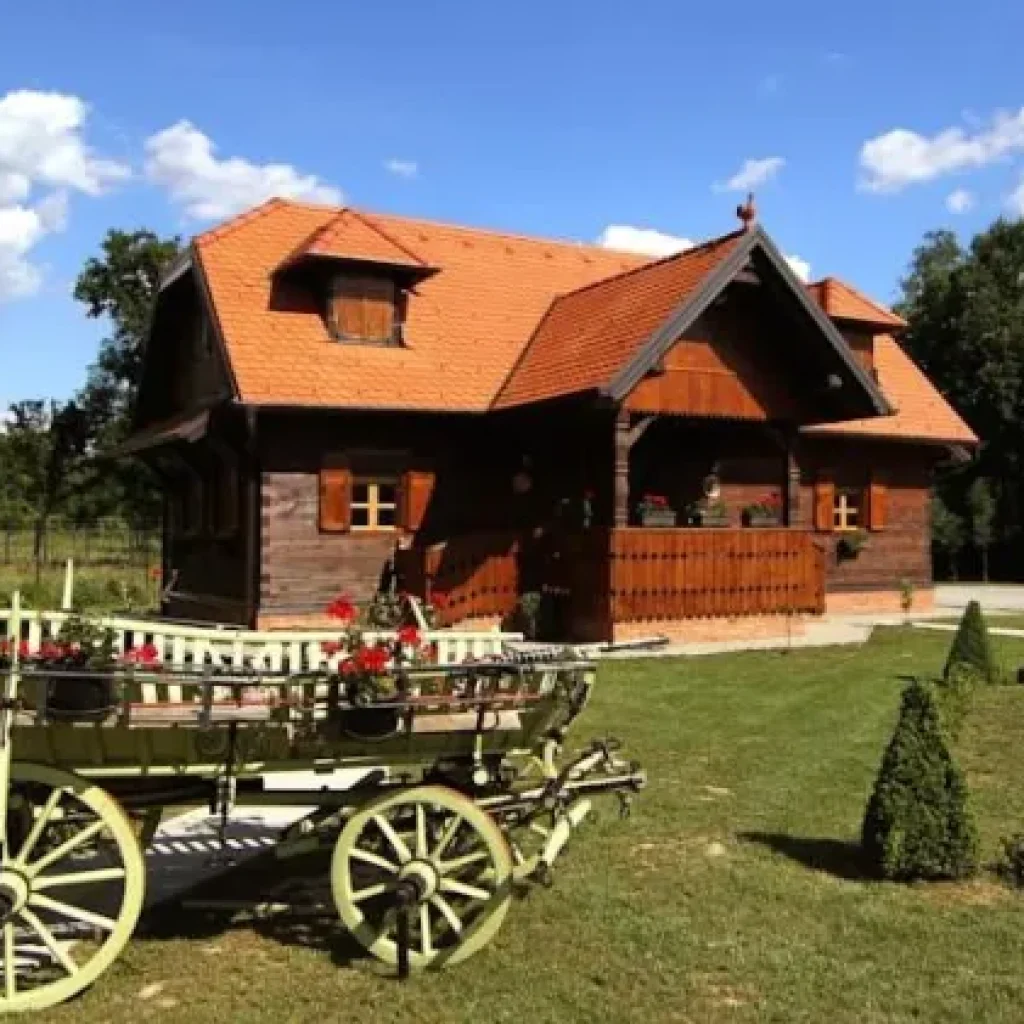
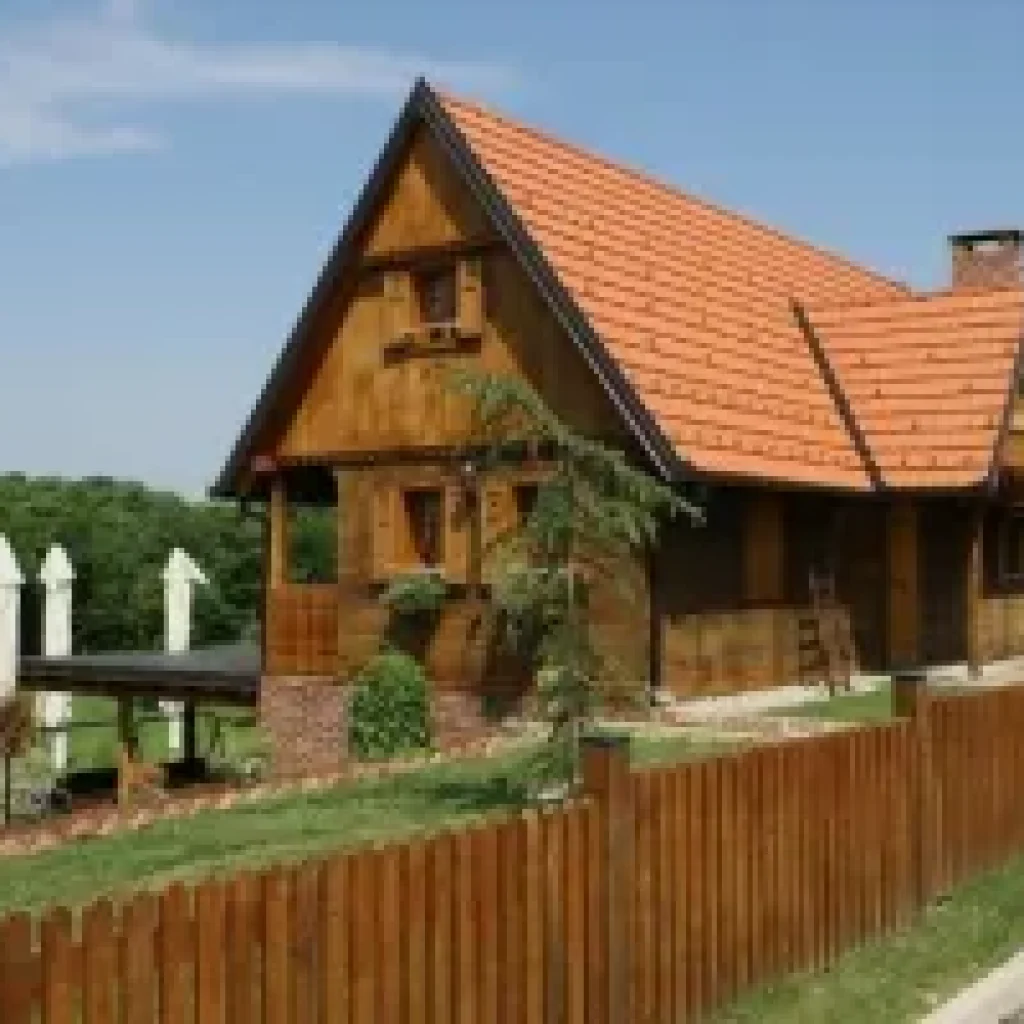
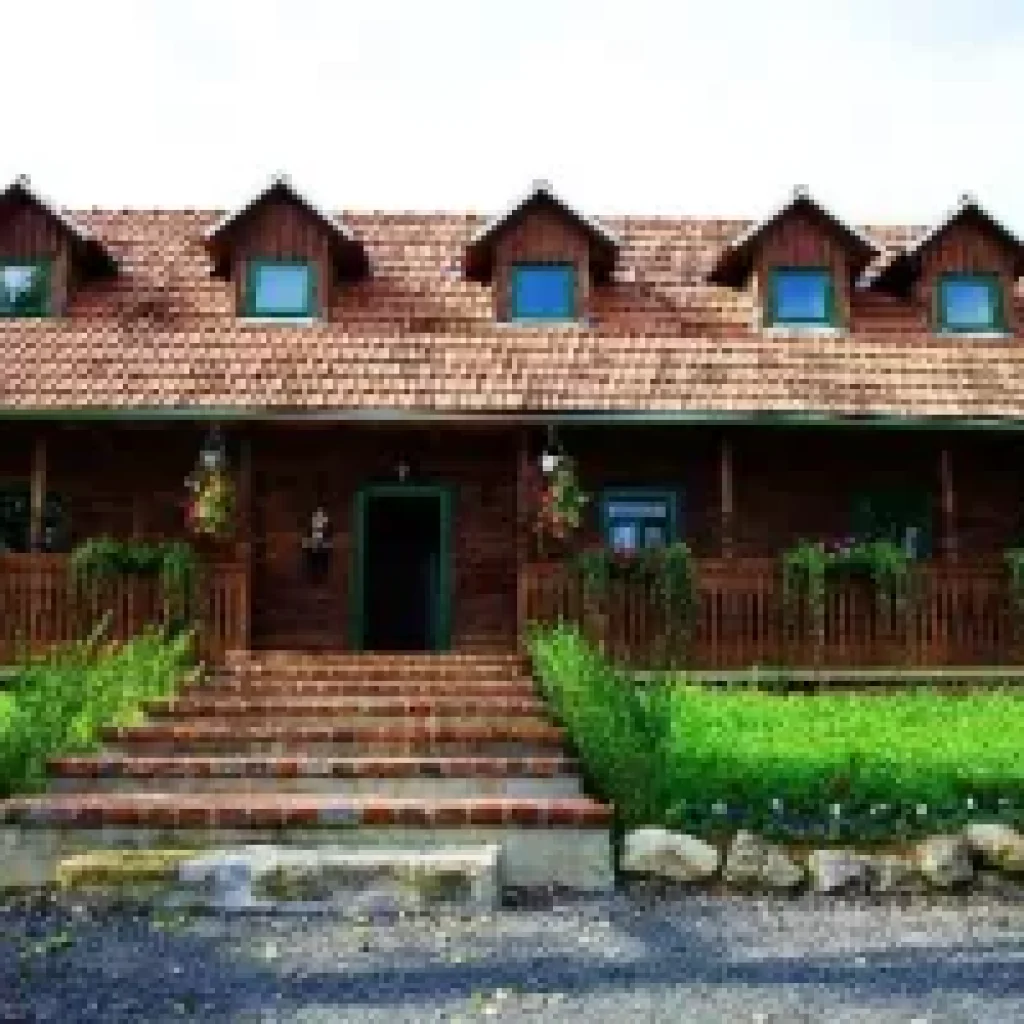
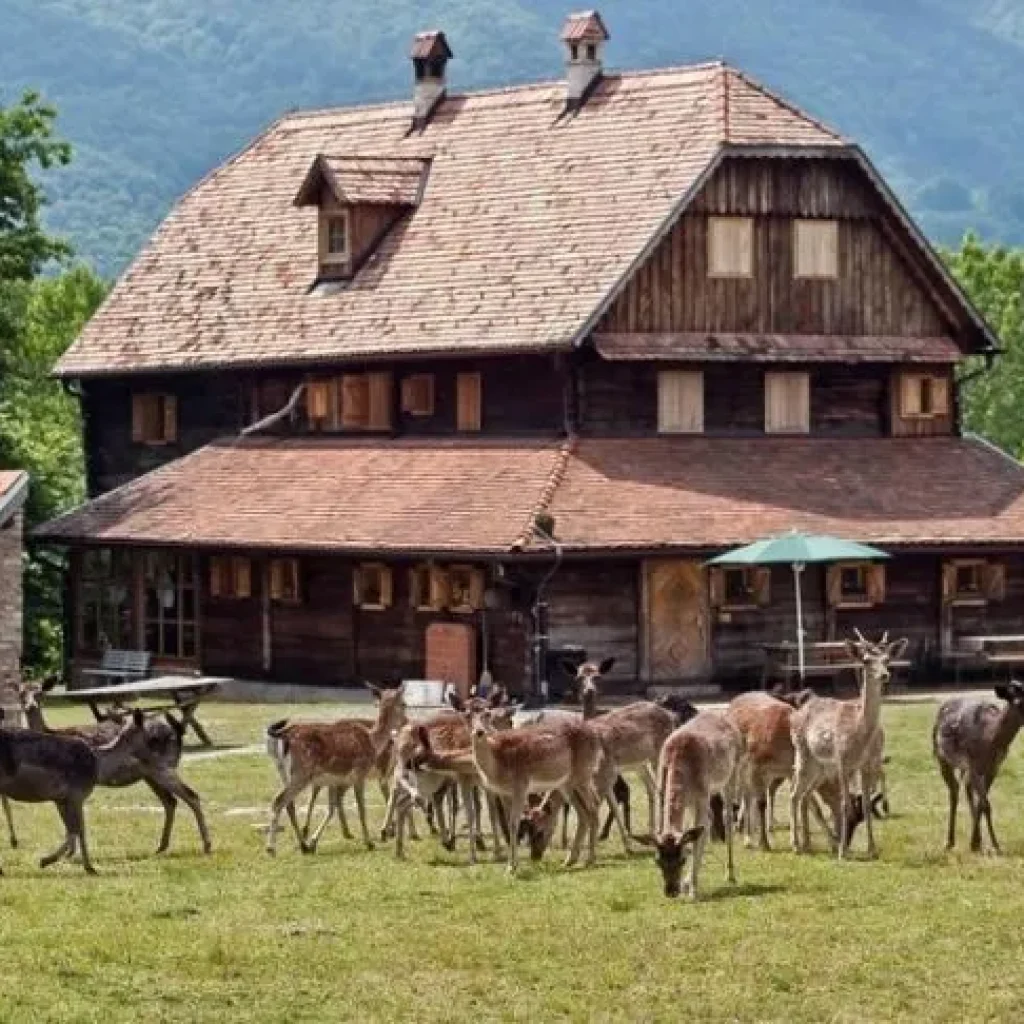
8. Embrace the Peace and Beauty of Sisak-Moslavina County
From the historic riverside city of Sisak and the biodiversity haven of Lonjsko Polje to the rejuvenating springs of Topusko and the serene rural estates scattered across Moslavina, Sisak-Moslavina County brims with possibilities for relaxation, exploration, and cultural discovery. Storks nesting atop quaint wooden houses, cyclists cruising along forest-lined paths, and the gentle hush of the Kupa River collectively craft a destination that feels worlds away from the rush of modern life.
In this county, it’s easy to lose track of time as you meander through tranquil meadows, photograph architectural relics, or savor a hearty dish “under the peka.” The region’s slower pace encourages a mindful approach to travel—revel in the small moments, be it sipping coffee by the riverfront in Sisak or watching storks glide above the lush floodplains. The confluence of natural wonders and historical depth makes Sisak-Moslavina a uniquely rewarding place to visit, whether for a day trip, a weekend escape, or a more extended holiday.
As you plan your journey, remember that true discovery often lies just off the beaten path. Seek out local stories, support family-owned estates, and let yourself become immersed in the rhythms of life here. If you do, you’ll find that Sisak-Moslavina County offers not just a scenic getaway but also a heartfelt invitation to reconnect with nature, heritage, and the enduring cultural values of this welcoming corner of Croatia.er the baking lid“ and enjoy the rich flavors of specialties of Sisak-Moslavina County. Here you can find a large selection of traditional chestnut dishes and desserts, which are a trademark of this area.
There are many reasons to visit Sisak-Moslavina County and we have revealed only a part of it.
Blogger Zvončica

